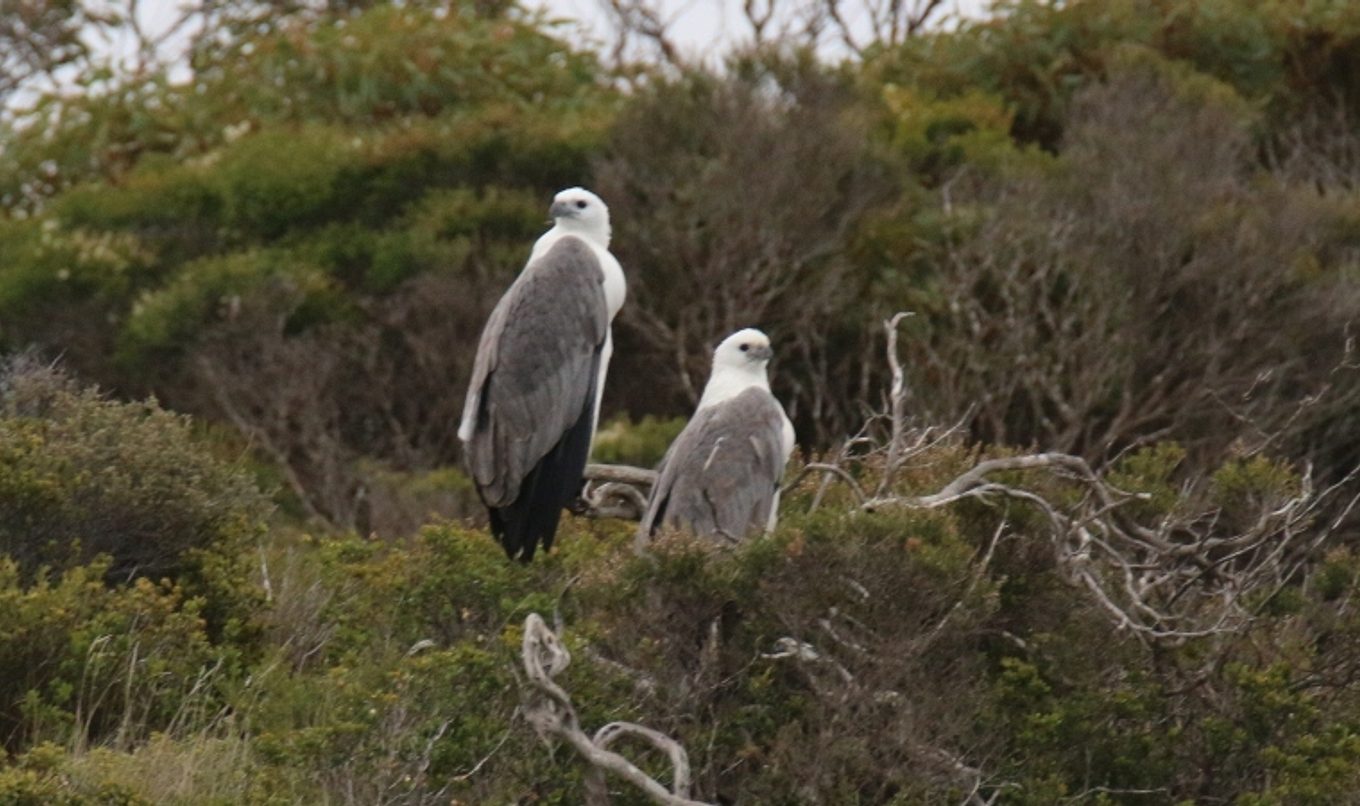Raptor census takes to land and sea to count SA birds of prey
In an effort to better conserve and recover eastern ospreys and white-bellied sea eagles in South Australia, a statewide ‘census’ has commenced to count their numbers and assess any population trends.

The term raptor immediately conjures up visions of the deadly dinosaurs that terrorised those poor kids in the Jurassic Park films.
But did you know that birds of prey are also known as raptors? This includes the eastern osprey and the white-bellied sea eagle, both of which nest across the South Australian coastline.
In an effort to better to conserve and recover eastern ospreys and white-bellied sea eagles in South Australia, a state-wide ‘census’ has commenced to count their numbers and assess any population trends.
Senior Ecologist Randall Johnson said the statewide surveys are part of a broader program of works being undertaken to conserve and recover these iconic coastal raptors in South Australia.
‘Both eastern ospreys and white-bellied sea eagles are endangered in South Australia and previous studies have shown population declines in some mainland coastal regions and in the Riverland,” Randall said.
“It’ll cover a significant proportion of the state’s coastline, via land and sea, giving ecologists a much more accurate picture of their population that will help ensure better management of these beautiful birds.
“What this census will do is help ecologists from the Department for Environment and Water assess population trends for the species by comparing them against earlier surveys, while also identifying threats to population stability.
“This information will inform ways in which we can better protect these incredible birds and provide accurate and up-to-date breeding habitat and nest site location data for the raptors.”
Senior Ecologist Danny Brock said the census is one of a number of initiatives underway as part of a recovery strategy for the species which focusses on site protection, access restriction, data management and planning and policy.
“The recovery effort for these iconic species includes community-led projects, such as the recent installation of artificial nest platforms for the eastern osprey on Yorke Peninsula and Kangaroo Island as well as at the Adelaide International Bird Sanctuary National Park – Winaityinaityi Pangkara,” Danny said.
“A further five platforms are to be installed via a project being delivered by the Southern Yorke Peninsula Landcare Group with support from the National Parks and Wildlife Service.
“Artificial nesting platforms have been erected elsewhere in South Australia and interstate with good success rates. In some areas, the nesting platforms have achieved higher fledgling success than natural nest sites.”
Osprey once had a wider presence on mainland Yorke Peninsula but breeding pairs are now absent from most of their former range.
Human disturbance of nest sites is among one of the likely causes for sites being abandoned and it is hoped that by installing nesting structures in appropriate areas, breeding osprey can be attracted to prime territories on the Yorke Peninsula once again.
Recently, a community-led project fitting osprey chicks with satellite trackers to record their movements has provided insights for the community about the species on the West Coast.
It is hoped the data will yield information about survival and dispersal of newly independent osprey, as well as information about the species’ foraging behaviour.

